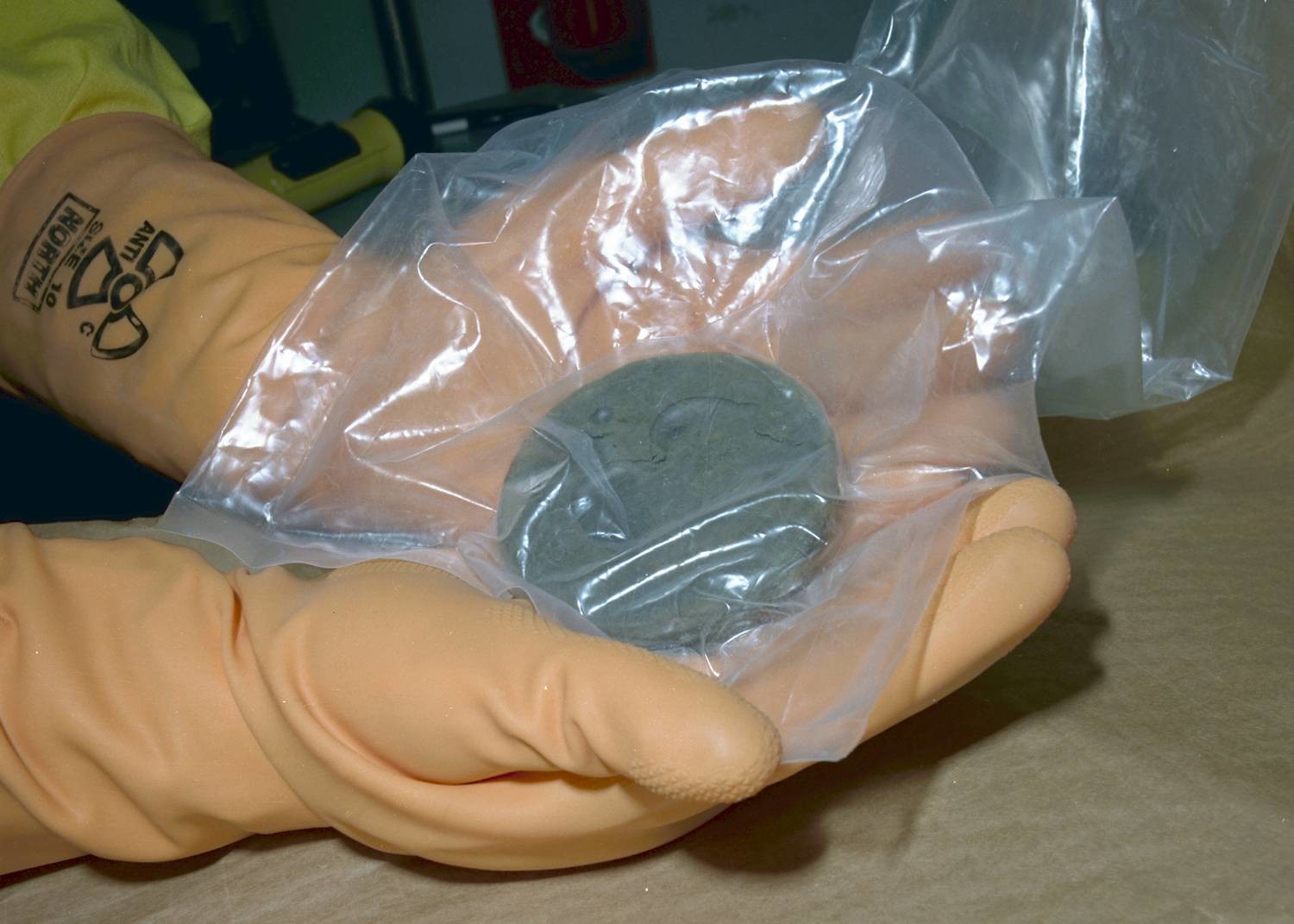
Production of tritium and plutonium pits could prove a significant limiting factor in the introduction of a new nuclear weapons delivery method like a sea-launched cruise missile and other attempts by the U.S. to beef up its nuclear arsenal to counter Russia and China, according to an official at the National Strategic Research Institute.
Christopher Yeaw, the institute’s associate executive director and nuclear weapons policy expert, said Wednesday that the National Nuclear Security Administration’s (NNSA) plan to build just 80 plutonium pits for use in nuclear weapons is not only anemic but shows potential adversaries and allies like that “it’s not a particularly high priority.”
“I understand the great challenges there. I have great admiration for the NNSA and for the leadership at NNSA,” Yeaw said during an online meeting of the National Academies of Sciences Environmental Effects of Nuclear War Committee on Wednesday. “But the unfortunate consequence of not being able to produce pits at scale is the distinct impression to all observers that it’s just not that important to us.”
Yeaw said that his comments were his alone, as a nuclear policy expert who has worked on at least the last two Nuclear Posture Reviews (NPR) and participated in several nuclear wargaming exercises and not reflective of the National Strategic Research Institute.
The NNSA is in the process of ramping up plutonium pit production to 80 pits per year – 30 per year at Los Alamos National Laboratory in New Mexico and at least 50 per year at the Savannah River Site in South Carolina – “as close to 2030 as possible,” as agency Administrator Jill Hruby and other officials have recently testified to Congress.
The date for hitting 80 pits per year is now in the mid-2030s, given that the larger of the two production sites, at Savannah River, will not be complete until 2035 or so. China likely has the capacity to make 200 nuclear pits per year, while Russia can likely make far more, perhaps as many as 1,200 per year, Yeaw said.
China is in the process of ramping up its nuclear arsenal, including lower-yield or “theater” nuclear weapons that could be used beneath the threshold of all-out nuclear war in a regional conflict, Yeaw said. Russia already has an array of what are sometimes called “tactical” nuclear weapons with blast yields in the tens or hundreds of tons of TNT, he said.
Without a “countervailing” option, limited use of a nuke by either China or Russia could either push U.S. leaders to escalate to strategic nuclear weapons or force negotiations, Yeaw said. Advocates of the sea-launched cruise missile, or SLCM-N, which the Biden Administration wants to cancel, argue such a weapon could carry a lower-yield warhead and deter limited use by U.S. adversaries.
The 2022 NPR found the SLCM-N, and its warhead, were “no longer necessary” because the W76-2 low-yield, sea-launched ballistic missile was deterrent enough against a potential adversary’s limited use of lower-yield nuclear weapons.